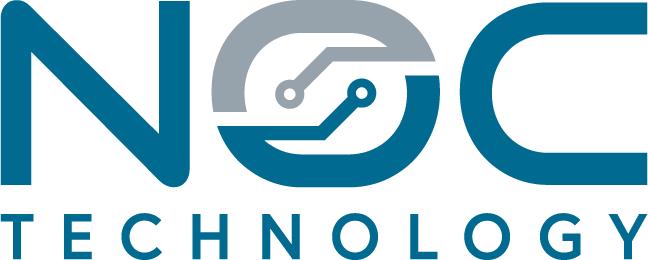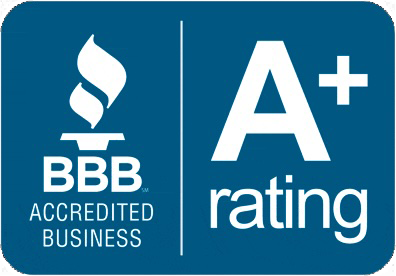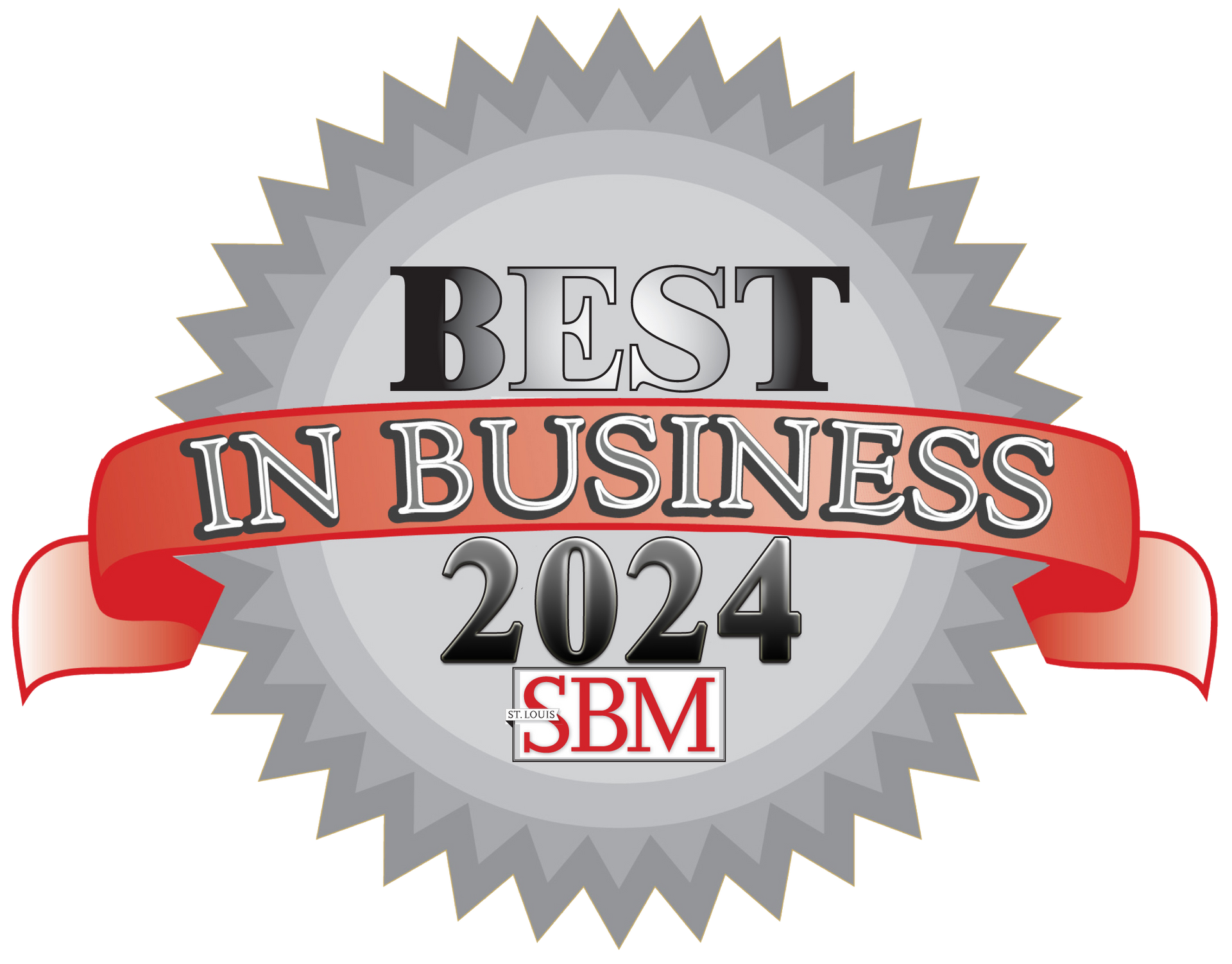How Cloud Technology Helps Small and Midsize Businesses
by | NOC Technology
The common sense approach to business in the digital age

In today's digital age, businesses of all sizes face new challenges as they strive to remain competitive and meet the demands of customers who expect fast, convenient, and reliable service. One key to success in this environment is the use of cloud technology, which can help businesses to improve efficiency, reduce costs, and better serve customers. In this blog, we will explore some of the key benefits of adopting cloud technology.
Scalability and Flexibility
One of the biggest advantages of the cloud is its ability to increase scalability and flexibility. With cloud-based services, businesses can easily scale up or down as needed without investing in expensive hardware or software. This allows businesses to respond quickly to changes in demand and to take advantage of new opportunities as they arise.
Reduced Costs
An important benefit of cloud technology for every small and midsize business is cost savings. By using cloud-based services, businesses can avoid the high upfront costs associated with buying and maintaining their own hardware and software. Instead, they can pay for the resources they need on an as-needed basis, which can save them a significant amount of money in the long run.
Improved Collaboration
Cloud technology also facilitates increased collaboration. With cloud-based tools and services, team members can work together in real-time from any location, which can help increase productivity and streamline communication. Furthermore, cloud-based services can be accessed from any device connected to the internet, which can help employees stay connected and productive even when they are working remotely.
All in all, the cloud has become an essential tool for businesses looking to stay competitive in the digital age. With its ability to increase scalability, reduce costs, improved collaboration, and a wide range of other benefits, the cloud can help businesses to improve efficiency, better serve customers, and ultimately, achieve success.
It's worth mentioning that when implementing cloud technology, it's important to evaluate the provider's security measures, compliance, and data location. It's also important to have a clear understanding of the provider's service-level agreement (SLA) and to have a solid disaster recovery and a backup plan in place.
In conclusion, the cloud is a powerful tool that can help businesses to stay competitive in the digital age by allowing them to scale quickly, reduce costs, and improve performance. By leveraging the many benefits of the cloud, businesses can improve efficiency, better serve customers, and ultimately achieve success in the digital age.




